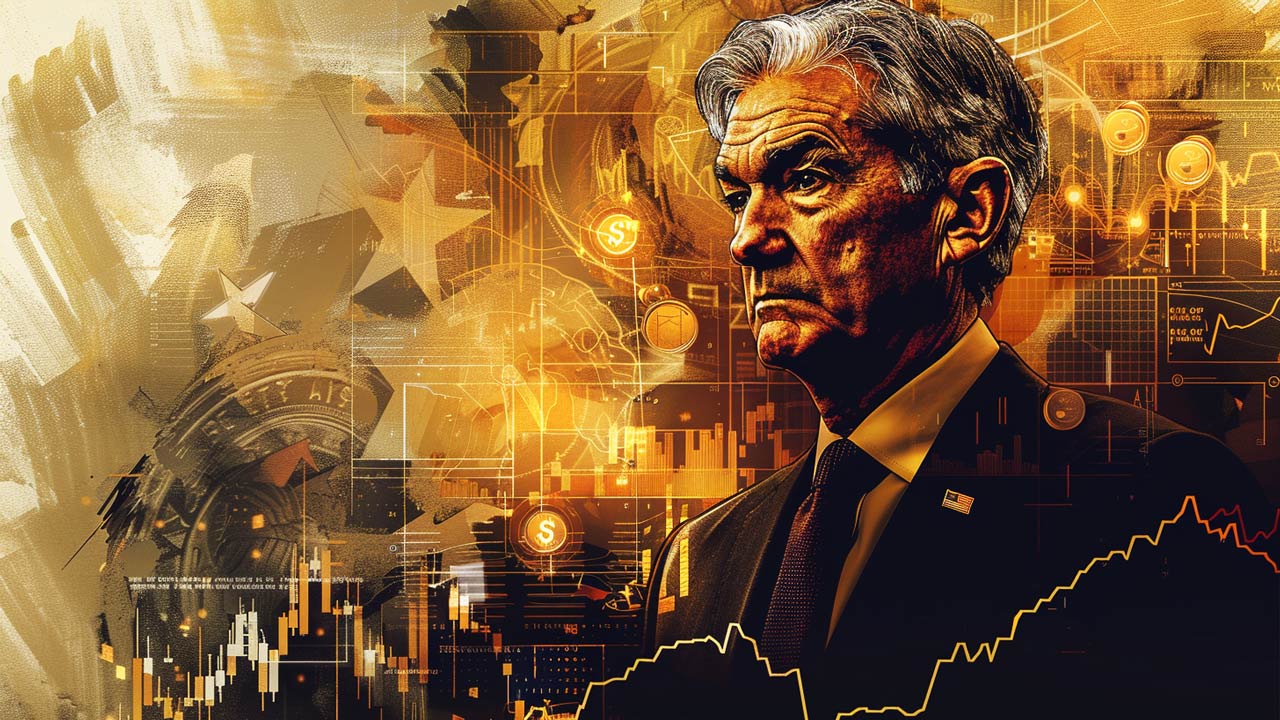Why Have So Many People Dropped Out of the Labor Market?
Why is there a labor shortage in the US?
In a nutshell, a lot of people have simply dropped out of the labor market. They’re not working.
But why?
In December, I wrote about the fact that the jobs reports put out by the Bureau of Labor Statistics are hinky. While the BLS reported the economy added 2.69 million jobs between March and November 2022, there were only 12,000 more employed people in November than there were in March.
In other words, most of the increase in jobs is the result of people taking on second and third jobs in order to make ends meet as prices continue to climb through the roof. These “new jobs” do not reflect unemployed people going to work
A Prudential Pulse survey bears this out. It showed that 70% of all workers have pursued or considered pursuing gig work to supplement their income over the past year.
Meanwhile, the labor force participation rate is at a paltry 62.3%. That means there are a lot of employable people who aren’t working or even looking for a job. Keep in mind, unemployed people searching for work are included in the labor force participation rate.
And it’s not just older people who retired early. In December 2019, the labor force participation rate for people ages 25-54 was 82.9%. As of December 2022, it had fallen to 82.4%. That half-percent drop represents about 636,000 people who just never went back to work after the pandemic.
That explains the labor shortage.
But why aren’t people working? And how can they afford not to?
Over at MishTalk, Mike Shedlock argues that the falling labor force participation rate is primarily a function of government disincentivizing work. He lists eight reasons fewer people are engaged in the labor force.
- Rent moratoriums
- Expanded Medicaid
- Increase in food stamps allocations
- Some of the pandemic “free money” shotgun blast still not spent
- Canceled or postponed student debt
- Abandoned plans for the American dream of owning a home
- Fentanyl and an opioid crisis
- Covid deaths, long-covid effects, and lingering emotional scars from a Covid lockdown.
As Shedlock points out, “All of the above reasons reduced the marginal propensity to work. And it’s very inflationary.”
In other words, incentives matter. And the incentives right now are to stay at home and watch Netflix.
Notice that all of these factors are either direct or indirect results of government policies.
An aging population is also driving down labor force participation. Boomers are retiring in mass and many in Gen-X are starting to contemplate retirement and have cut back hours. Shedlock says they are being replaced by Zoomers who have lower skills and want to work fewer hours.
This further underscores the fact that despite all of the breathless reporting to the contrary, the labor market is not nearly as strong as the mainstream media would have you believe.
Get Peter Schiff’s most important gold headlines once per week – click here – for a free subscription to his exclusive weekly email updates.
Interested in learning how to buy gold and buy silver?
Call 1-888-GOLD-160 and speak with a Precious Metals Specialist today!





 Since Nayib Bukele became president of El Salvador, El Salvador has been in American media and global political discussion more than ever. While much of the attention focuses on Bukele’s mass incarceration of gang members and a decline in homicide of over 70%, Bukele has also drawn attention to his favoritism towards Bitcoin and how he […]
Since Nayib Bukele became president of El Salvador, El Salvador has been in American media and global political discussion more than ever. While much of the attention focuses on Bukele’s mass incarceration of gang members and a decline in homicide of over 70%, Bukele has also drawn attention to his favoritism towards Bitcoin and how he […] With gold hitting yet another awe-inspiring all-time high in the wake of Powell’s remarks reassuring markets (more or less) to expect rate cuts in 2024, a few analysts are pointing out risk factors for a correction — so is there really still room to run?
With gold hitting yet another awe-inspiring all-time high in the wake of Powell’s remarks reassuring markets (more or less) to expect rate cuts in 2024, a few analysts are pointing out risk factors for a correction — so is there really still room to run? Gold hit a new all-time nominal high, surpassing the previous record set in December of the previous year. The precious metal’s price reached approximately $2,140, indicating a robust and continuing interest in gold as a safe-haven asset, despite a rather peculiar lack of fanfare from the media and retail investors. This latest peak in gold […]
Gold hit a new all-time nominal high, surpassing the previous record set in December of the previous year. The precious metal’s price reached approximately $2,140, indicating a robust and continuing interest in gold as a safe-haven asset, despite a rather peculiar lack of fanfare from the media and retail investors. This latest peak in gold […] The gold price has been surging, with unprecedented central bank demand gobbling up supply. It has been a force to behold — especially as US monetary policy has been relatively tight since 2022, and 10-year Treasury yields have rocketed up, which generally puts firm downward pressure on gold against USD.
The gold price has been surging, with unprecedented central bank demand gobbling up supply. It has been a force to behold — especially as US monetary policy has been relatively tight since 2022, and 10-year Treasury yields have rocketed up, which generally puts firm downward pressure on gold against USD.  Total gold demand hit an all-time high in 2023, according to a recent report released by the World Gold Council. Last week, the World Gold Council (WGC) released its Gold Demand Trends report, which tracks developments in the demand for and use of gold around the world. Excluding over-the-counter (OTC) trade, 2023 gold demand fell slightly from 2022 […]
Total gold demand hit an all-time high in 2023, according to a recent report released by the World Gold Council. Last week, the World Gold Council (WGC) released its Gold Demand Trends report, which tracks developments in the demand for and use of gold around the world. Excluding over-the-counter (OTC) trade, 2023 gold demand fell slightly from 2022 […]